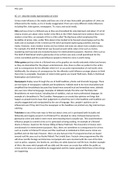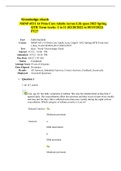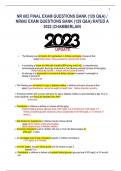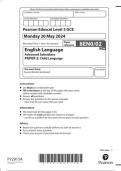Examen
WJEC Criminology unit 1 (LO1) controlled assessment notes AC 1.4 describe media representation of crime
- Cours
- Établissement
Full AC 1.4 notes for the WJEC Criminology LO1 controlled assessment which helped me get an A in my exam
[Montrer plus]












